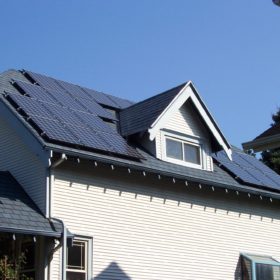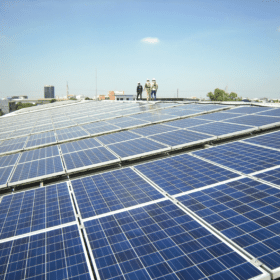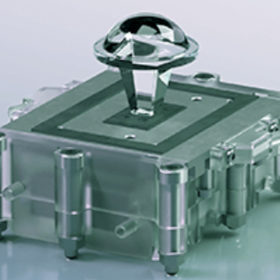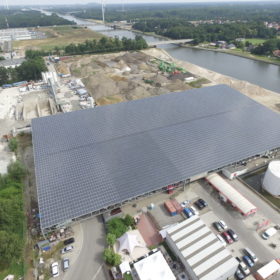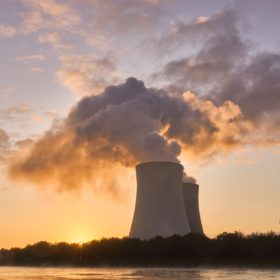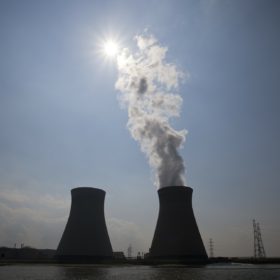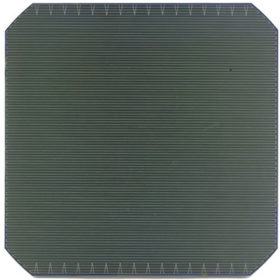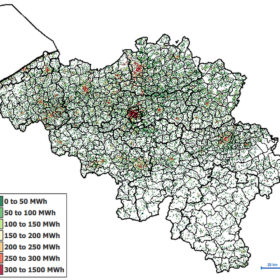Belgium extends VAT reduction for residential PV, heat pumps
Belgium’s federal government has decided to reduce to 6% the VAT on PV systems and heat pumps deployed on buildings erected over the past ten years. This measure was previously applied only to projects developed on buildings that were more than ten years old.
Belgium hits 7GW milestone
Belgium deployed around 850 MW of new PV systems in 2021, which is 300 MW less than in 2020 but more than what the local industry had expected.
The Hydrogen Stream: CPV-powered PEM electrolyzers for 1.2MW demo in Portugal
Fusion Fuel Green has developed a small PEM electrolyzer that will be used in a green hydrogen project in Iberia. Elsewhere, India’s Adani Group and Canada-based PEM fuel cell producer Ballard Power Systems have signed a memorandum of understanding to evaluate a joint investment in the commercialization of hydrogen fuel cells for mobility and industrial applications in India.
Economic and technical feasibility of a storage-as-a-service model using second-life batteries for a commercial end-user
As part of the EU Horizon 2020 CIRCUSOL project, Belgian PV installer and investor Futech investigated the technical and economic feasibility of integrating a second-life battery storage system at an existing 2MW solar plant in Belgium. The system originates from the automotive industry and was successfully commissioned in August 2021.
Eurazeo acquires 80% stake in Ikaros Solar
Through this operation, the French investment firm wants to help Ikaros Solar further develop its 300MW solar project pipeline.
Belgium has four years to replace nuclear fleet which generated 39% of its electricity in 2020
Figures released by Eurostat this week indicated the monumental task facing the renewables industry as Europe attempts to replace a power source which generated a quarter of the bloc’s electricity in 2020.
Solar up in Belgium in 2021 but will have work to do as nuclear shutdown nears
Electric transmission company Elia Group noted a bigger slice of the generation mix occupied by nuclear last year, just hours after a London-based consultant said the nation was on track to switch off its reactors before 2026.
High energy prices mean big gains for smart-metered Belgian PV system owners
In the Belgian macro-region of Flanders, residential PV system owners that decided to install smart meters and abandon net metering are currently seeing their injection tariffs being paid at €0.11, up from just €0.03 in January. This gain adds to the high value of the kilowatt-hours they self-consume and it is helping them halve the payback time of their installations.
Large-area bifacial TOPCon solar cell with 23.01% efficiency
The n-type cell was built with phosphorus-doped LPCVD poly-Si passivating contacts and achieved a remarkable open-circuit voltage of 691.7 mV. According to its creators, with some adjustments the cell may be suitable for commercial production.
Belgium’s rooftop solar potential estimated at 99.6 GW
According to recent analysis by Belgian institute EnergyVille, rooftop PV and onshore wind have the technical potential to reach 118 GW of capacity in Belgium. Of the three Belgian macro-regions, Flemish-speaking Flanders is the one with the largest solar potential for rooftop systems, at 67.56 GW, followed by French-speaking Wallonia, with 31.54 GW, and the Brussels metropolitan region, with 4.23 GW.
